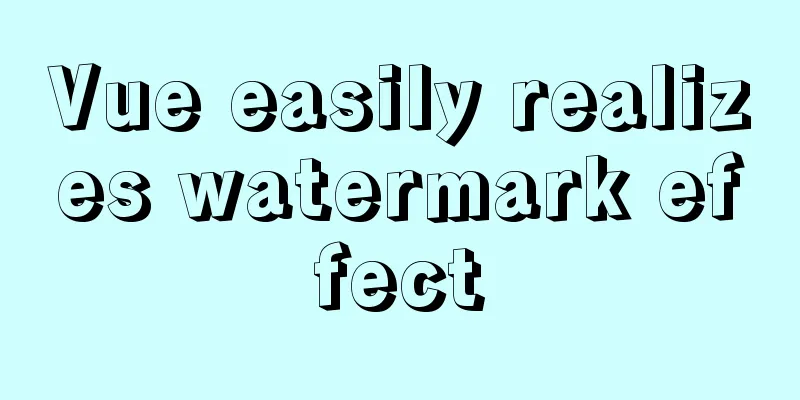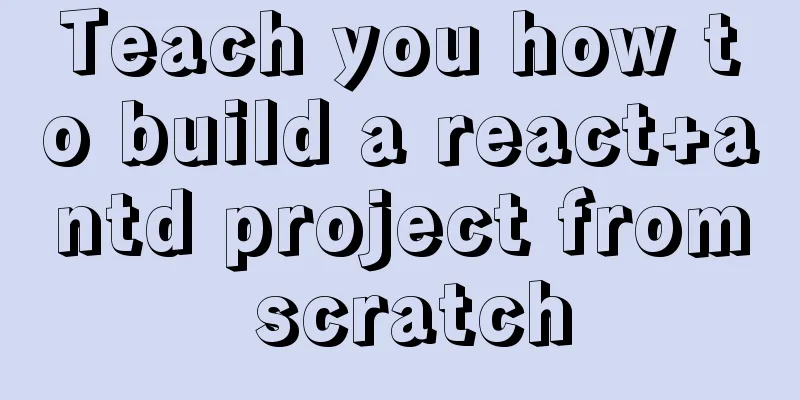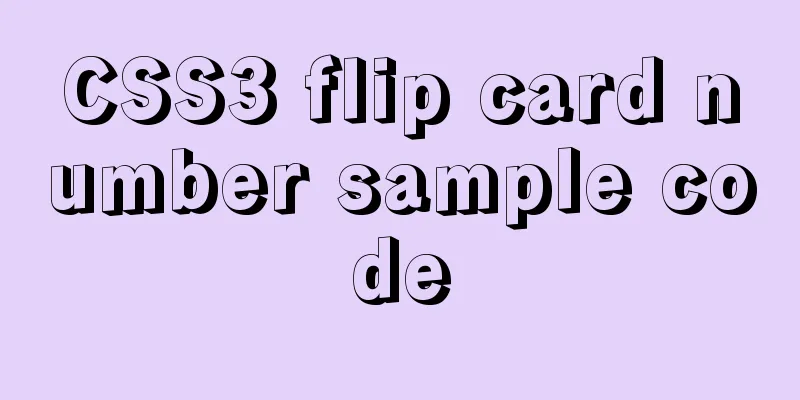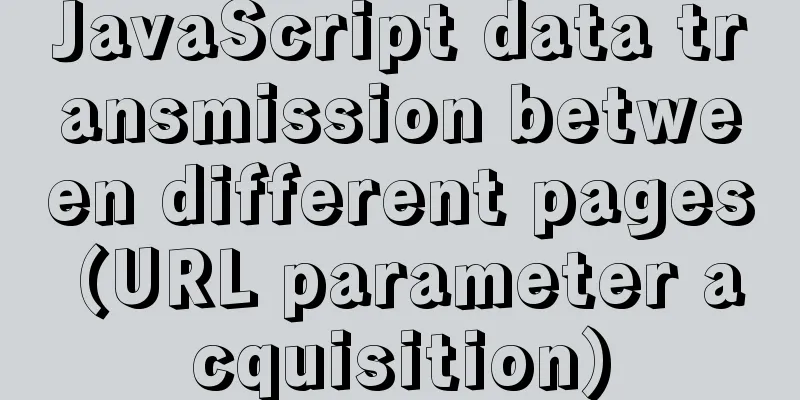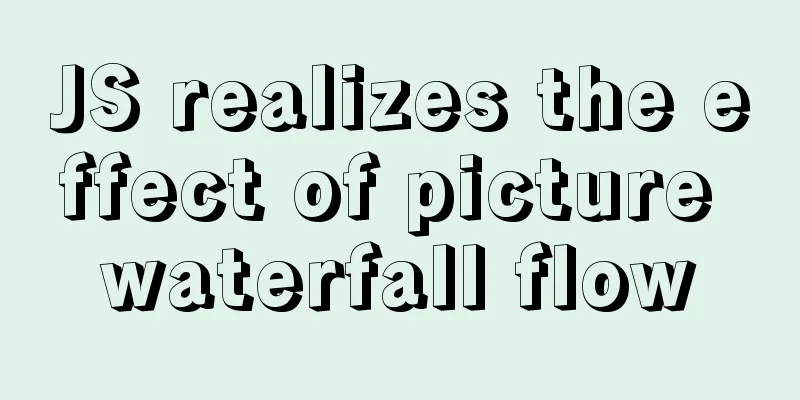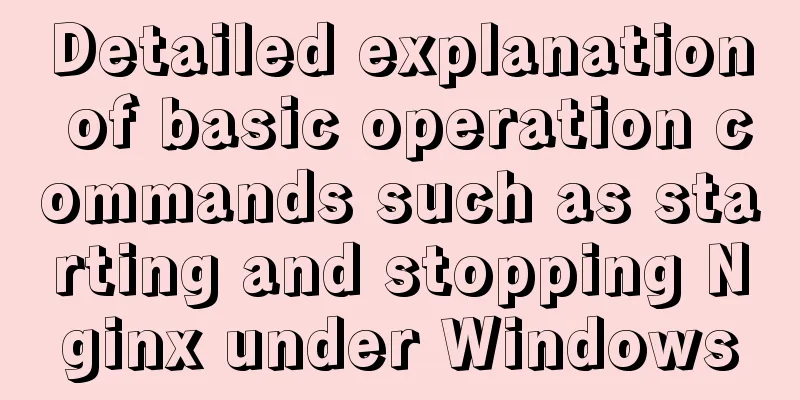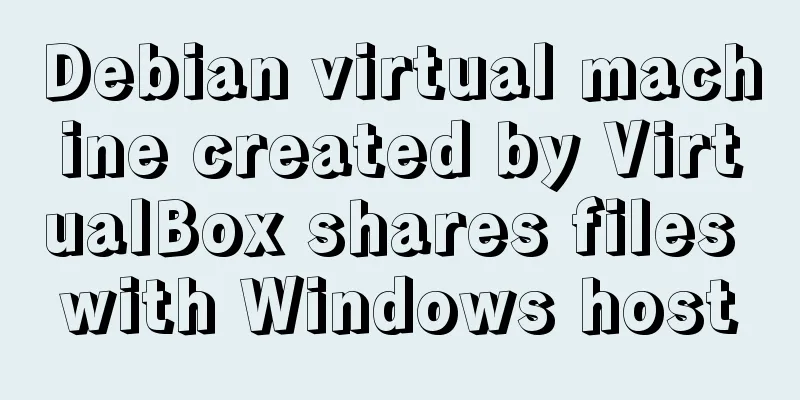W3C Tutorial (5): W3C XML Activities
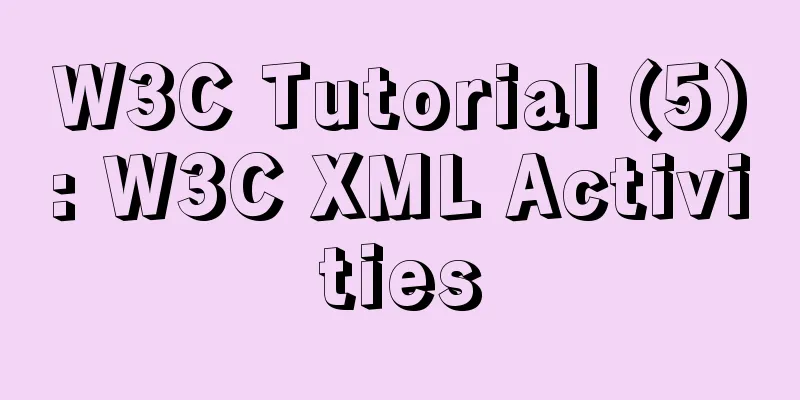
|
XML is designed to describe, store, transmit and exchange data. XML 1.0 is the latest version of XML. XML is designed to describe, store, transmit and exchange data. XML 1.0 is the latest version of XML. XML Tutorial To learn more about XML, read our XML Tutorial. XML Version XML 1.0 XML 1.0 was published as a W3C Recommendation on February 10, 1998. XML 1.0 (Second Edition) XML 1.0 (SE) was published as a W3C Recommendation on October 6, 2000. The second edition is merely a revision (bug fix) based on the errata incorporated into the first edition. XML 1.0 (Third Edition) The second edition is merely a correction (bug fix) based on the errata of the first and second editions. XML 1.1 XML 1.1 was published as a Working Draft on December 13, 2001, and as a Candidate Recommendation on October 15, 2002. XML 1.1 allows almost all Unicode characters to be used in names. Other W3C XML technologies XML Namespaces XML namespaces specify a method for defining element and attribute names used in XML by associating them with URI references. XML Linking (XLink, XPointer, and XML Base) The XML Linking language (XLink) allows you to insert links into XML documents. XML Pointer Language (XPointer), which allows addresses to be linked to specific parts of an XML document. XML Base is a standard for default references to external XML resources. (Similar to <base> in HTML). XInclude XInclude is a mechanism for merging XML documents using elements, attributes, and URI references. W3C XML specifications and timeline | specification | Draft/Proposal | recommend | : : : : : : : : : : : : : : : : : : : : : : : : : : : : : : : : : : : : : : : : : : : : : : : : : : : : : : : : : : : : : : : : : : : : : : : : : : : : : : : : : : : : : : : : : : : : : : : : : : : : : : : : : : : : : : : : : : : : : : : : : : : : : : : : : : : : : : : : : : : : : : : : : : : : : : : : : : : : : : : : : : : : : : : : : : : : : : : : : : : : : : : : : : : : : : : : : : : : : : : : : : : : : : : : : : : : : : : : : : : : : : : : : : : : : : : : : : : : : : : : : : : : : : : : : : : : : : :
|---|
<<: Nginx Service Quick Start Tutorial
>>: Detailed explanation of CSS image splicing technology (sprite image)
Recommend
21 MySQL standardization and optimization best practices!
Preface Every good habit is a treasure. This arti...
Detailed explanation of using new methods of html5 to manipulate element class names in JavaScript
Table of contents 1. classList attribute 2. Pract...
Tutorial on deploying nginx+uwsgi in Django project under Centos8
1. Virtual environment virtualenv installation 1....
CentOS8 - bash: garbled characters and solutions
This situation usually occurs because the Chinese...
Guide to Efficient Use of MySQL Indexes
Preface I believe most people have used MySQL and...
MySQL 5.7.17 installation and configuration method graphic tutorial under win7
I would like to share with you the graphic tutori...
When the interviewer asked the difference between char and varchar in mysql
Table of contents Difference between char and var...
How to solve the background tiling and border breaking of CSS style div or li in IE6
The solution to the background tiling or border br...
Implementation code of using select to select elements in Vue+Openlayer
Effect picture: Implementation code: <template...
Learning to build React scaffolding
1. Complexity of front-end engineering If we are ...
Tutorial on using Multitail command on Linux
MultiTail is a software used to monitor multiple ...
Detailed explanation of MySQL string concatenation function GROUP_CONCAT
In the previous article, I wrote a cross-table up...
Detailed explanation of viewing and setting SQL Mode in MySQL
Viewing and Setting SQL Mode in MySQL MySQL can r...
Today I encountered a very strange li a click problem and solved it myself
...It's like this, today I was going to make a...
Graphical instructions for uploading and downloading files to a remote Linux host based on SecureCRT
Sometimes it is slow to download large network fi...
